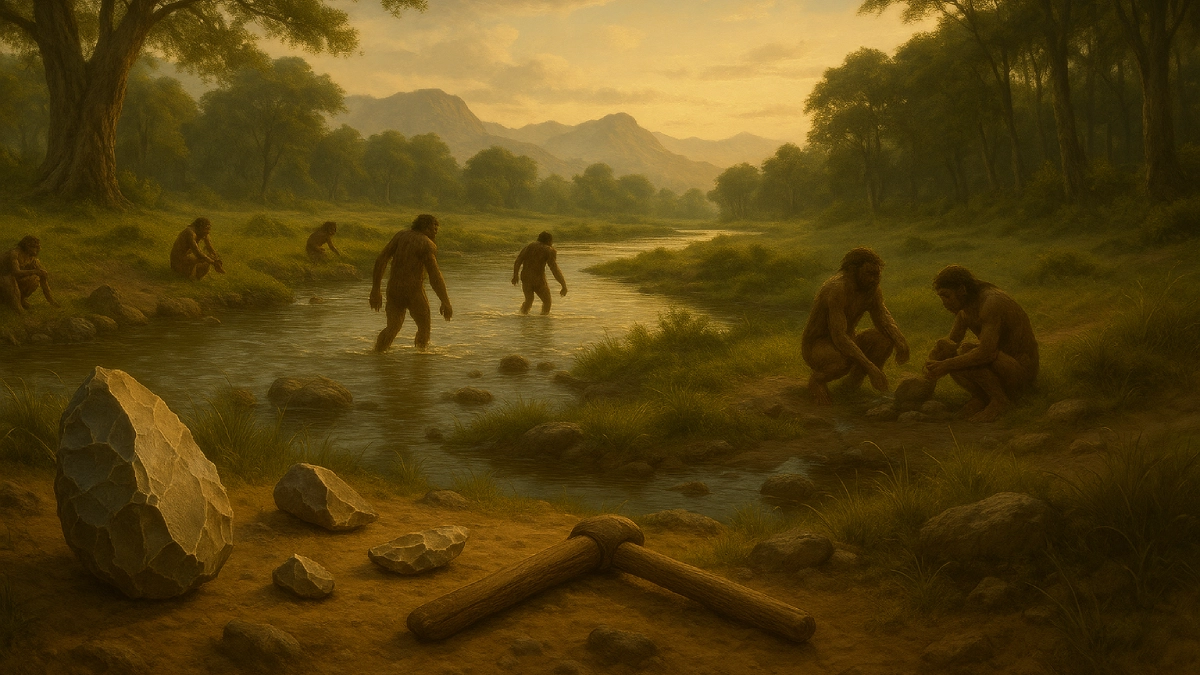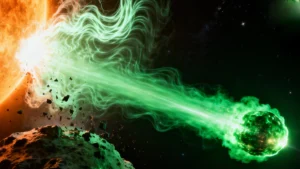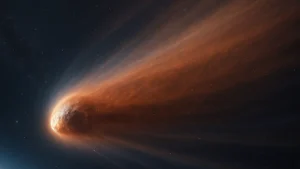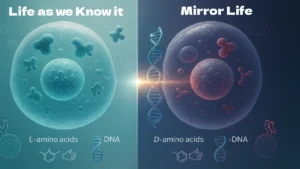A newly reanalyzed skull in China is forcing scientists to rethink when modern humans diverged from their ancient relatives. The fossil, known as Yunxian 2, may date back between 940,000 and 1.1 million years, much earlier than conventional evolutionary models suggest, according to Reuters.
The claim: Homo sapiens may have branched off from Neanderthals, Denisovans, and other archaic groups hundreds of thousands of years earlier than expected. But is this breakthrough conclusive evidence—or a bold new interpretation?
What the Fossil Reveals
The Yunxian 2 skull was originally unearthed in 1990 in Hubei Province, but for decades was dismissed as a deformed Homo erectus specimen. Using advanced digital scanning, researchers now argue that it shows traits closer to mysterious Asian lineages, such as Denisovans, than to classic erectus, reports the Washington Post.
With its broad face, large braincase, and a cranial volume larger than many earlier fossils, the skull appears to sit on a branch of the human family tree that suggests our evolutionary split began over one million years ago, pushing back the timeline by almost half a million years.
Why This Challenges the Textbooks
For decades, scientists believed modern humans diverged from Neanderthals and Denisovans between 500,000 and 700,000 years ago. The new interpretation argues:
- The separation may have started much earlier.
- Asia may have played a larger role in human evolution than previously thought.
- The “gray zone” of fossils between 300,000 and 1 million years could represent more hidden lineages.
As People notes, the discovery hints that the human story is less linear and more like a tangled forest of overlapping species.
Skepticism in the Scientific Community
Not all experts are convinced. The skull was heavily crushed during fossilization, so much of the reconstruction depends on digital models. Dating methods for fossils this old also carry wide error margins.
The Guardian highlights that while the analysis is intriguing, “without DNA or proteins to back it up, the interpretation remains provisional” (The Guardian). Critics caution that resemblance in skull shapes does not always reflect true genetic relationships.
What Happens Next
If further research confirms Yunxian 2’s significance, the implications are profound:
- Asia could be recognized as a major evolutionary hotspot alongside Africa.
- The family tree of human ancestors may become far more branch-like and overlapping.
- Other ambiguous fossils across Eurasia may be reclassified under new lineages.
Still, as with many bold scientific claims, the next decade of fossil finds and analytical advances will determine whether this discovery truly rewrites human history.
Frequently Asked Questions (FAQs)
Q1: How old is the Yunxian 2 skull?
It is estimated to be between 940,000 and 1.1 million years old, based on surrounding geological layers.
Q2: Does this mean humans evolved in Asia instead of Africa?
Not necessarily—this finding may suggest Asia had a greater role, but it doesn’t fully overturn African-origin models.
Q3: What evidence could confirm the theory?
Protein or microstructure analysis, along with new fossil comparisons, would help validate the skull’s placement on the human family tree.
Conclusion
The reanalysis of Yunxian 2 doesn’t instantly rewrite human evolution, but it adds an important wrinkle. By pushing the possible divergence of modern humans back over a million years, it reminds us that science is always evolving—just like us.
Key Takeaway: One fossil may not change everything overnight, but it challenges scientists to keep questioning assumptions about our origins.
Last Updated on October 18, 2025 by Lucy




